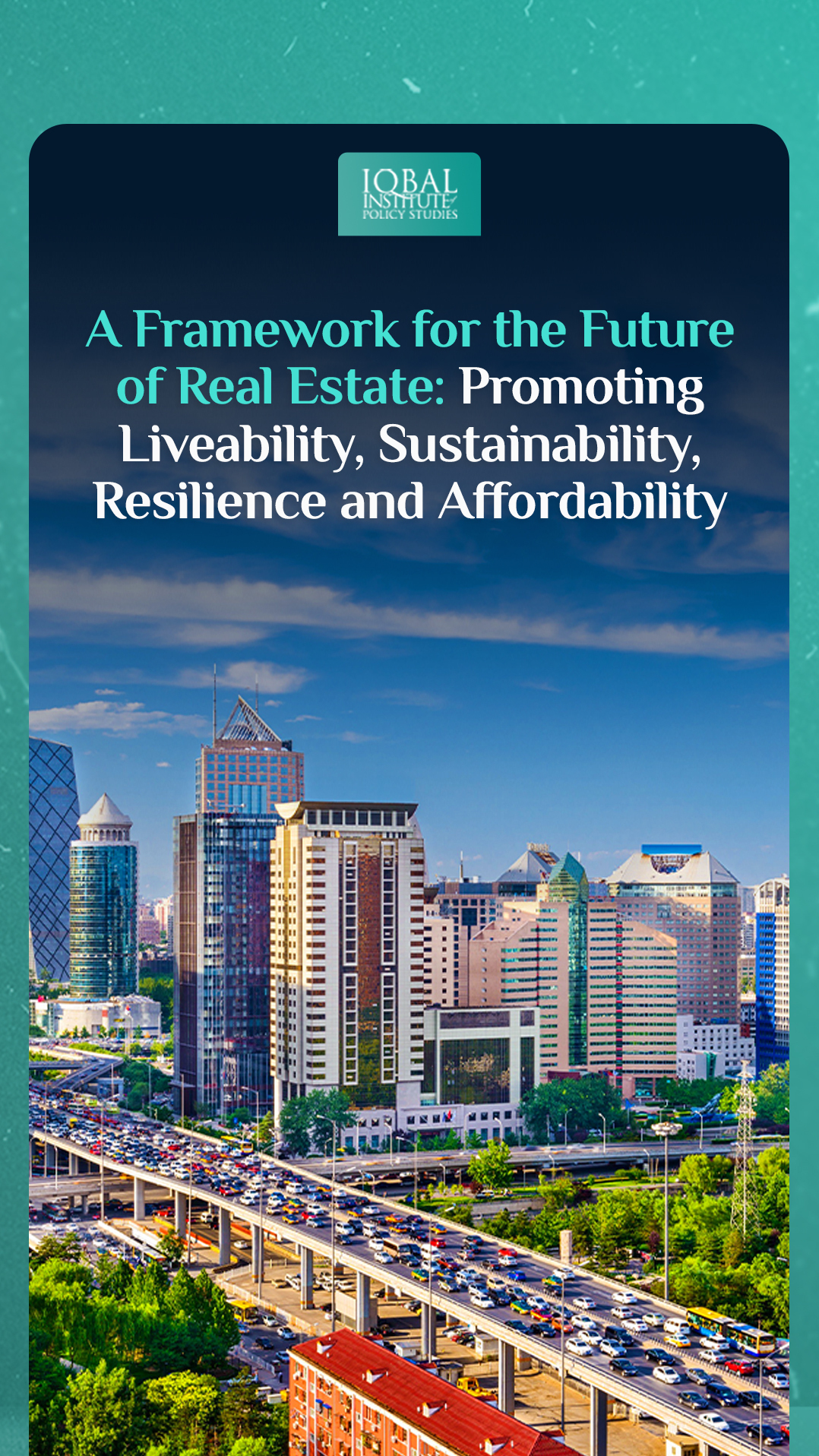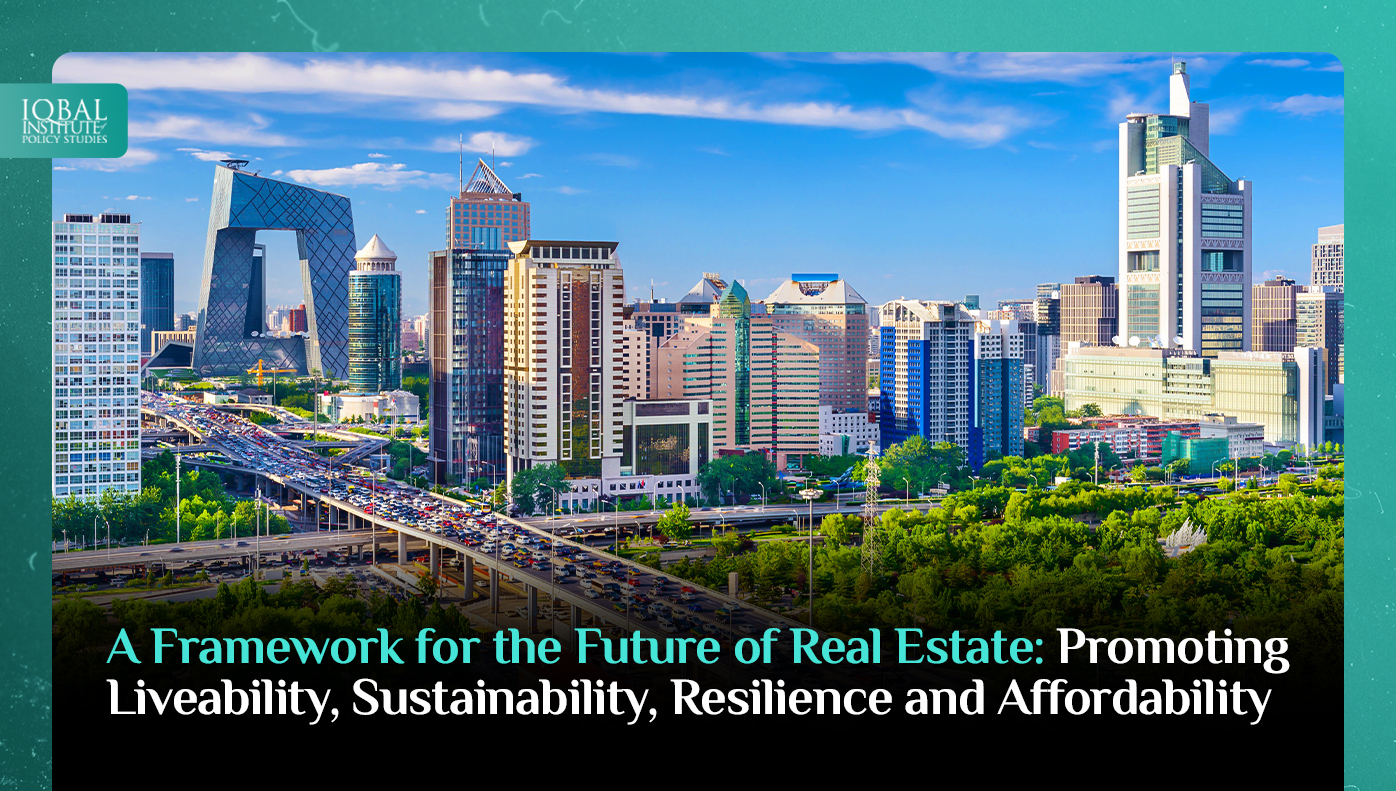The real estate industry is one of the largest sources of wealth creation. It is central to urban development, consumes physical resources, and is a significant source of emissions. These qualities give real estate a central role in creating an environmentally sustainable future. The real estate sector is responsible for more than 20 per cent of the world’s carbon emissions and other environmental impacts, including waste production, pollution, water mismanagement, and consumption of other natural resources (Kevin Muldoon-Smith, 2019).
There have been efforts made in the past to reduce the environmental impact of buildings, but continued efforts are required to support sustainable development. An effort to lower the current global emission trajectory, reduce pollution and damage to the natural environment, and promote sustainability and resilience to climate change is needed. In this regard, a framework for sustainable development must be developed with some focus areas, including sustainability, liveability, resilience, and affordability.
The future of cities should be based on these four pillars:
Liveability
Factors that contribute to a good quality of life are well-developed buildings and communities that are human-centric and have social, community and recreational facilities that meet the needs of citizens in tandem with real estate development. Liveability encompasses the interactions between spaces and occupants to enhance the human experience.
Sustainability
Buildings account for nearly 40% of global greenhouse gas emissions (WEF, 2021). To meet net-zero carbon goals, action must be accelerated, requiring energy retrofits of old buildings that help cut energy demand for heating by two-thirds or more and can reduce or eliminate CO2 emissions by switching to renewables or decarbonized electricity.
Resilience
Building resilience refers to mitigating the effects of unforeseen natural and man-made events, such as climate, financial and health crises, and preserving the cultural identity of communities.
Affordability
Providing individuals and companies with fair access to quality space to live and conduct business is essential to society’s overall health. The cost of space and location can prohibit people from meeting other basic living costs, threatening their employment and fundamental human rights.
In developing countries like Pakistan, the framework should be followed as it addresses all the challenges that the country has recently faced, from less developed buildings that contribute 49% of all carbon emissions globally to unaffordable living spaces vulnerable to climate change events. However, following the framework, the country can achieve a future in which buildings provide comfort, are equipped for the most unprecedented events, support human and planetary health, and are affordable and accessible for all of society.



Leave a Reply